As this week sees a heatwave that will swelter the UK, driving a vehicle in a hotter climate may also differ your driving style.
Vast areas of the UK are set to swelter in a mini-heatwave, with the Met Office predicting that temperatures could top 30C on Tuesday, August 30.
That means that you’ll need to take some precautions before heading out on the road to be prepared and organised if you encounter a lot of traffic, an unexpected stopover or even a breakdown.
Driving in hot weather can be great, but it has side effects that many car drivers should keep an eye on.
Here are our top tips to prevent you from having any bad experiences out on the road this summer.
Check your tyres
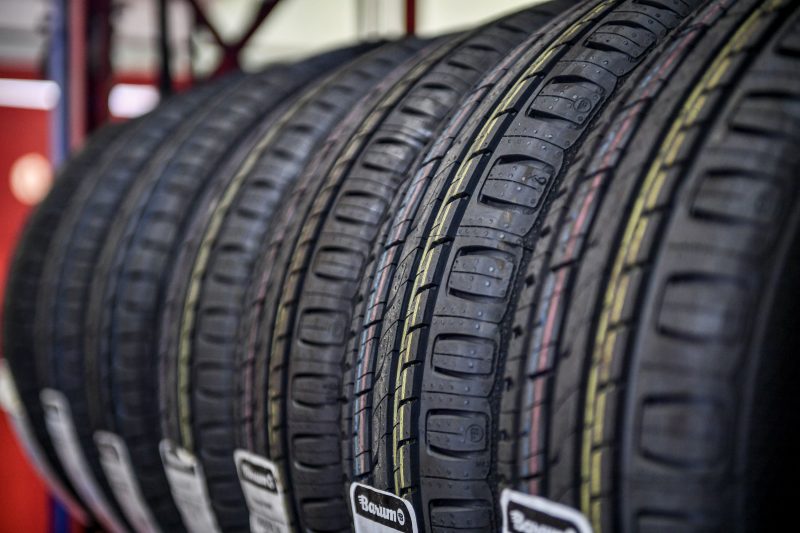
One vital safety check to do first is to check your tyres. Look at how much pressure they have and make sure that if you take a reading it matches what the vehicle manufacturer recommends the car to have – depending on how many passengers you’re carrying. One of the easiest ways to check is by using an air compressor, which is commonly found near petrol stations.
Tyre pressures can expand in the heat making them more susceptible to blowouts, which can cause an accident leading to injuring you, your passengers or other road users. This makes ensuring that they’re at the right level even more important. Look out for the condition of the tyre, too, checking the sidewalls for any cracks or cuts.
Check fluid levels
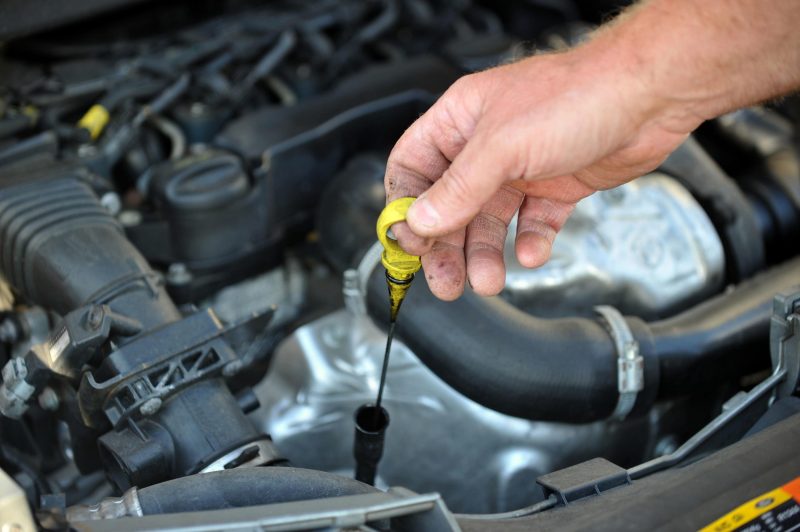
At this time of year, your engine will get hotter quickly due to the nature of the weather. Even though engines also heat up regardless of the temperature, your coolant plays a crucial role in preventing your engine from freezing in the winter or overheating in the summer.
If your coolant level is low or hasn’t been changed and is overdue a flush out, your car may be at risk of overheating. This can cause damage to your engine or, in extremes, start a fire.
Wear sunglasses
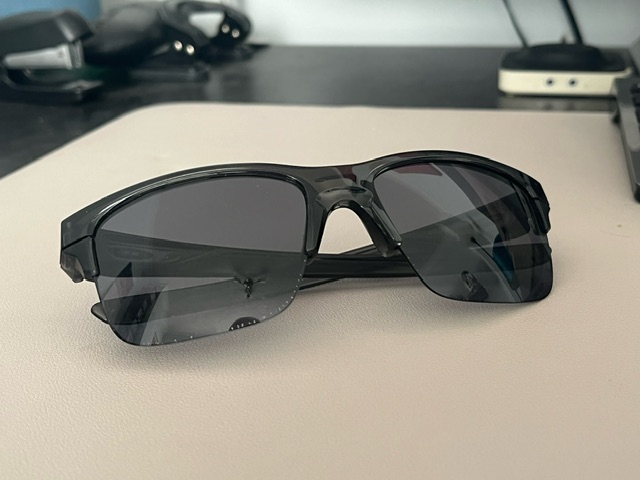
While it’s pleasant to have sunny conditions to drive in, strong sunshine can play havoc with visibility when you’re driving. This can be particularly the case during the early evening when the sun starts to dip. To help combat this, wear sunglasses to bring the glare levels down and, if you have a prescription, make sure that your sunglasses are updated to match it.
Check your car’s battery
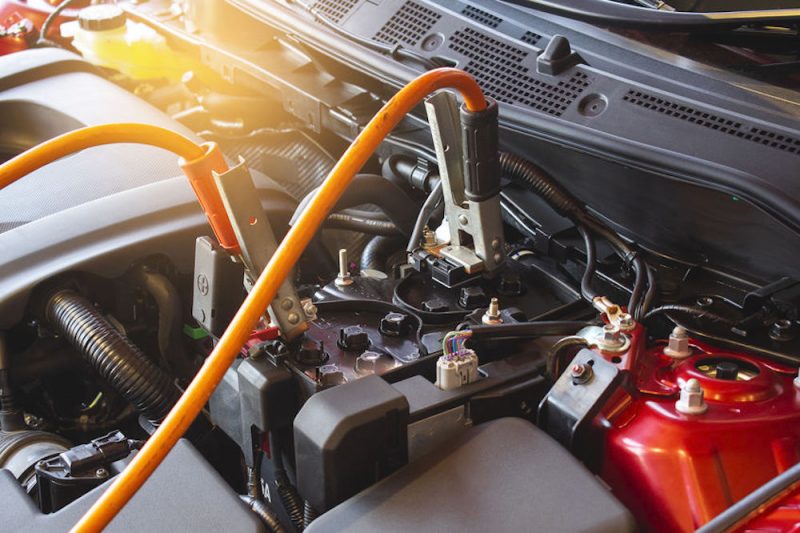
Your car’s battery will be put under a lot of strain at this time of year due to it having to put up with a lot of features being used at once. Air-conditioning and cooled seats can have an impact, as well as any extra devices – such as plug-in cool boxes – that you might have connected to the car’s supply.
If you notice that your car is struggling to get going, then your battery might be on the way out. If you have any concerns, then it’s worth getting your car checked out by a trained professional.
Stay hydrated

An obvious one is to drink plenty of water. Keep bottles in your car and make sure that everyone in the vehicle stays hydrated. It’s one of the most important factors to consider when driving in hot weather as it makes you more alert and gives you energy.
Becoming dehydrated can reduce your ability to concentrate while making you irritable and uncomfortable which isn’t a great recipe when you’re out on the open road.
Don’t leave pets or children in the car
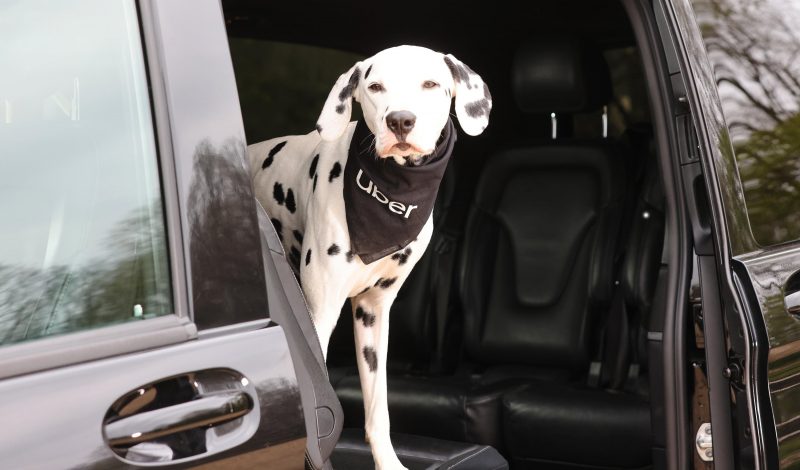
Never leave your pets or children unattended in a hot car. It can lead to some pretty unthinkable and devastating consequences. A car on a hot day will heat up very quickly without any windows open or cool air from fans or air-conditioning blowing through. Always take your children and pets with you and never leave them on their own in a hot car.
Buy a windscreen shield
If you buy a windscreen shield it can prevent the interior of your car from getting too hot. A windscreen shield prevents this from happening as it blocks the sun’s UV rays and heat from your interior, making it stay cool and more comfortable for when passengers and the driver climb aboard.
By Cameron Richards

